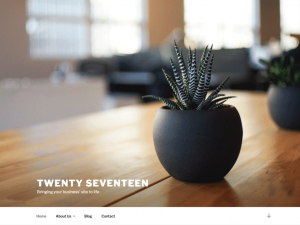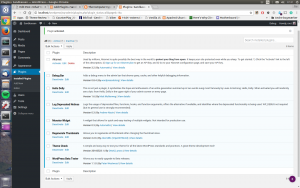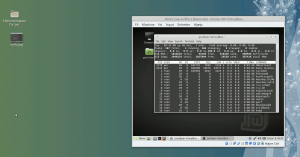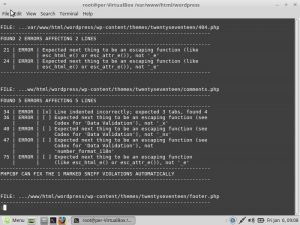If your’re running a WordPress blog or similar “WordPress for Beginners” is a source of inspiration and knowledge. For web developers: this book is not for you!
Focus on Beginners
Perhaps I should have known: “… for beginners” may just mean “for beginners”. I bought the bookazine. At home it was opened. Not much about code here. Most chapters focus on the GUI usage.
What the web developer may find
Towards the end however things get more interesting, that is: for the web developers. There’s a chapter about the WP-CLI . And some tutorials. Anyone with a little knowledge of CSS would be able to follow the tutorials.
The bookazine’s focus on the end user makes sense. This book is what most people need in order to get up and running with any WordPress site – especially if you run a blog or similar on wordpress.com.
There’s good advice on how to choose plugins and themes. Twenty different themes are reviewed. Theme customization is introduced.
Here things get fun: fading buttons, hovering slide out menus, and so on.
The strength of the book is a clear focus on the WordPress beginner. The text does what it says.
Recommendation
- URL: WordPress for Beginners.
- Review for beginners: 8/10.
- Review for developers: 4/10.







